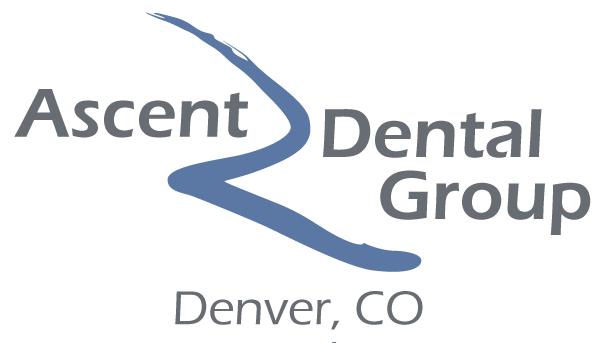Why Do My Teeth Hurt When I Run?
Hopefully you’re running because you enjoy the sport, and not, say, because you are being chased by a bear. The problem is, tooth pain can ruin any activity, including running. So why does tooth pain often come from running. Increased Sensitivity The most common reasons why your teeth might hurt while running is because your teeth are always at the edge of hurting, but you only push them over the edge when running. For example, your teeth might be sensitive to cold, but only when you’re out running in the morning, drawing cold air into your mouth, do you notice it. Or you might have a cavity that doesn’t normally cause you trouble, but when you run the jolts from your steps irritate it. This can also happen if you have a filling that is made of metal amalgam or composite and isn’t strong enough to protect your tooth nerve from the jolts. Fortunately, porcelain fillings can be used to protect your teeth. Increased blood flow can also cause marginal damage to cause more increased pain. As your blood starts pumping, areas of irritation or damage can make their presence known. Running and Teeth Clenching Another common cause of tooth pain is that you may be clenching your teeth while running. Setting your teeth is normal and essential to helping your body maximize its force potential during running. However, there is a point at which you might be biting down too hard, putting stress on your teeth, your jaw muscles, or other tissues. This causes your pain. How Running Can Damage Teeth Unfortunately, the running that may be good for the rest of your body can be hard on your teeth, and this may be to blame for the tooth pain you experience. In addition to jaw clenching that can lead to gradual wear, a recent study suggests that many runners experience serious damage to their teeth. Damage to teeth can be caused by highly acidic—and sugary–sports drinks that runners consume. Along with this type of drinks, runners often supplement with carbs as they work out, such as energy bars and gels. And after running for a while, even a runner’s saliva can become acidic, eroding the enamel of the teeth. If you’re a runner who is experiencing tooth pain, it’s important to get it checked out quickly to prevent the worsening of damage, find the true cause of pain, and stop it forever. Please contact Ascent Dental in the Cherry Creek area of Denver.
Can Cavities Go Unnoticed?
How To Tell If You Have a Cavity Cavities are always painful, right? This makes them easy to detect. If you don’t hurt, you don’t have a cavity. If only it were that simple . . . The truth is that cavities can be very difficult to detect, especially for you. You may not experience any pain from a cavity until the decay has penetrated deep into the tooth, close to or even into the nerve cavity, when it’s too late for a filling and they need to be treated with a root canal. Fortunately, dentists know where and how to look for cavities to try to find them before that’s necessary. Hidden Cavities You Can’t See Sometimes you may see a cavity developing in your mouth, but often cavities develop where you can’t see them. Cavities are actually most likely to develop where you have a hard time reaching when you brush, and if you can’t reach them, it’s a pretty good bet you can’t see them when you look in the mirror, either. Cavities often form on the back surfaces of teeth, on the rear teeth, sometimes on the sides, and at the gum line. If you’re not flossing, you’re more likely to experience cavities on the surfaces between teeth. Cavities may even form behind the tartar that builds up because you’re not successfully removing plaque from these areas and it calcifies as a result. Small Openings Reveal Big Cavities Another problem that makes it hard to detect cavities is that often a large cavity might have a small opening. This is pretty common. Bacteria create a tiny cavity, which provides them some shelter from saliva and tooth brushing. In here, the bacteria are freer to multiply and consume sugars, creating more acid, which can dissolve more of your tooth, creating a larger cavity inside the tooth. Detecting Hard-to-See Cavities Dentists have many skills and tools they can use to find your cavities. First, they can look where you can’t, and they examine every visible surface of the tooth. They can tell where you can’t reach when you’re brushing, and after the hygienist has removed the tartar from your teeth they have a clear view of these areas and can see any cavities that might be hidden there. Additional light, magnification, x-rays, and digital photography also give us a more complete view of your teeth. At Ascent Dental, we’ve even got another tool in our arsenal for finding cavities: the DiagnoDent. This light tool penetrates into the enamel and can detect areas that either conceal hidden cavities or have been softened by bacteria or other sources of acid in your mouth. This tool means that even though cavities are not as easy to find as you might think, we can detect 90% of them early, which means smaller fillings and better oral health for you. If you would like to learn whether you have any hidden cavities, please contact Ascent Dental in the Cherry Creek area of Denver today.
